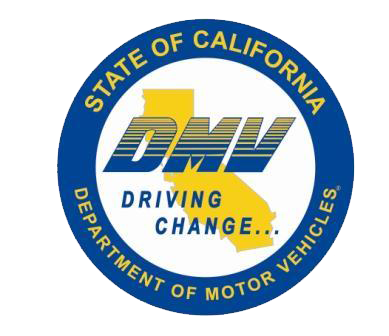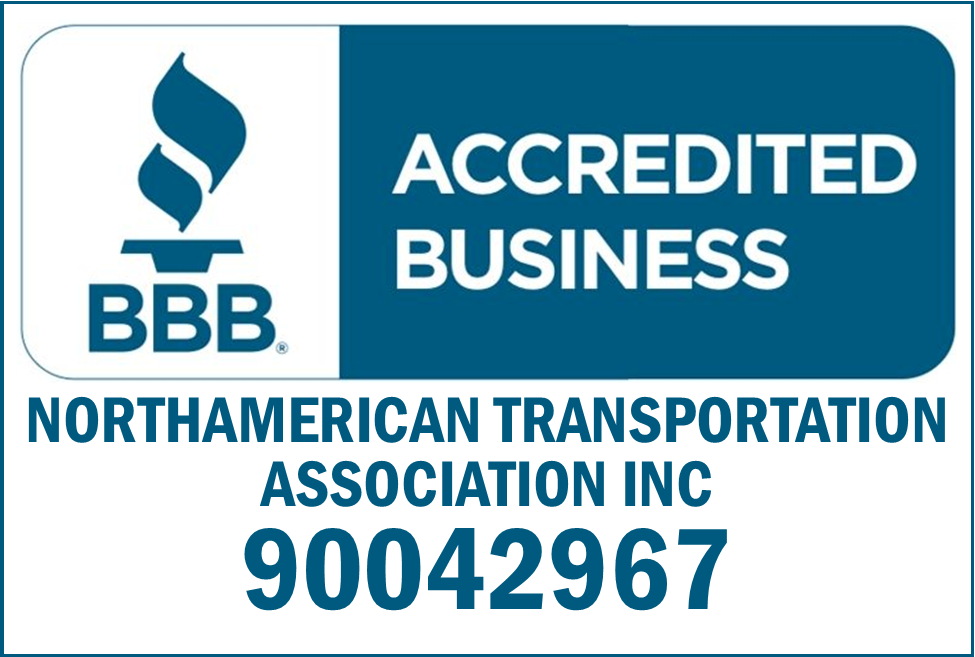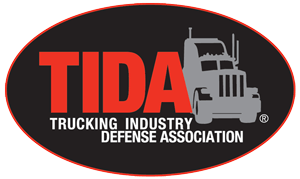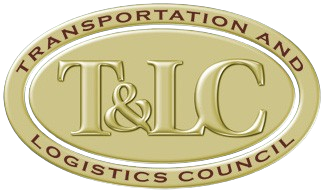Periodic Vehicle Inspections
The periodic (or annual) vehicle inspection continues to confuse many who operate commercial motor vehicles (CMVs).
In 2023, the third most cited roadside inspection violation was "Operating a commercial motor vehicle (CMV) without proof of a periodic (annual) inspection." That same year, the thirteenth most cited violation during audits by the Federal Motor Carrier Safety Administration (FMCSA) was "Using a CMV not periodically inspected."
With the opportunity to be cited and fined on the line, it is important to understand the basics of the requirement.
Understanding Periodic Vehicle Inspections
The following frequently asked questions summarize several key points on the topic.
1. Which vehicles must be inspected?
If a vehicle meets 390.5's definition of a commercial motor vehicle, it is subject to periodic (usually annual) inspection regulations.
This means a vehicle must be periodically inspected if it is used in interstate commerce and:
- Has a vehicle or combination weight rating or actual vehicle or combination weight of 10,001 pounds or more, whichever is greater;
- Is designed to transport more than eight passengers (including the driver) for compensation;
- It is designed to transport 16 or more people, including the driver, without compensation or
- Hauls placardable amounts of hazardous materials.
2. Do trailers need an annual inspection?
Yes. Suppose the trailer is part of a combination commercial vehicle (the combination weighs or has a combined rating of 10,001 pounds or more, etc.). In that case, the trailer must be annually inspected (see the beginning of 396.17(a)).
3. What are the standards for passing the inspection? Does the vehicle need to be in perfect condition?
The vehicle must meet the conditions detailed in Appendix A to Part 396, which look at the safety critical components and systems on the vehicle (brakes, coupling systems, lights, suspension, tires, etc.).
Parts and components not listed in Appendix A are not part of the inspection and do not influence the pass/fail decision. A vehicle cannot be passed if a defective component is discovered in one of the critical areas. It must be repaired before it is passed.
4. Proof of the inspection must be on the vehicle. What is acceptable proof of inspection?
The vehicle can have either a copy of the inspection report or a decal with the information listed in 396.17(c) on it (e.g., the month and year of the inspection, the location of the inspection report, etc.).
5. What if my state requires quarterly or semiannual inspections?
If the state where you are based requires a periodic inspection to be done more frequently than annually, you must follow your state's requirements.
For example,
- California: California mandates the Basic Inspection of Terminals (BIT) program, which requires commercial vehicles to undergo inspections every 90 days or 10,000 miles, whichever comes first.
- Nebraska: Nebraska requires certain commercial vehicles to be inspected semiannually to maintain compliance with safety regulations.
- Texas: Texas has requirements for more frequent inspections, including quarterly inspections for some commercial vehicles, to ensure they meet safety standards.
These states enforce these frequent inspections to maintain high safety standards on the roads and ensure that commercial vehicles are in good operating condition. For detailed information about each state's specific requirements, you may need to consult local Department of Transportation (DOT) resources or state regulatory bodies.
6. If state inspections are mandatory, can the federal inspection be skipped?
In general, yes. If the state has an inspection program that the FMCSA has determined to be equivalent to the inspection required in 396.17, then the state inspection can be done in place of the federal one.
However, the vehicle must carry proof of the inspection, and a copy of the inspection report must be on file in your office or shop.
7. Can I do my own inspections?
Yes, provided you have technicians who meet the qualification requirements in 396.19 (one year of experience, training on doing annual inspections, etc.).
The exception is if the state where you are based has a mandatory program and requires the inspection to be done at a state-licensed facility, and you cannot license your personnel or facility to do the inspections.
Taking Proactive Fleet Measures
Understanding the requirements and taking proactive measures can make complying with the annual inspection requirement much easier.
By effectively scheduling and developing a thorough process, you can ensure that your vehicles meet the necessary safety standards, helping to keep your operations running smoothly and avoiding potential fines or citations.
This article was originally published on Work Truck Online. Find the original article here.
Content Disclaimer: Due to the constantly changing nature of government regulations, it is impossible to guarantee the total and absolute accuracy of the material contained herein or presented. NorthAmerican Transportation Association (NTA) cannot and does not assume any responsibility for omissions, errors, misprinting or ambiguity contained. NTA shall not be held liable in any degree for any loss, damage or injury caused by any such omission, error, misprinting or ambiguity present. It is made available with the understanding that NTA is not engaged in rendering legal, accounting or other professional service. If legal advice or other expert service is required, the services of such a professional should be sought.











